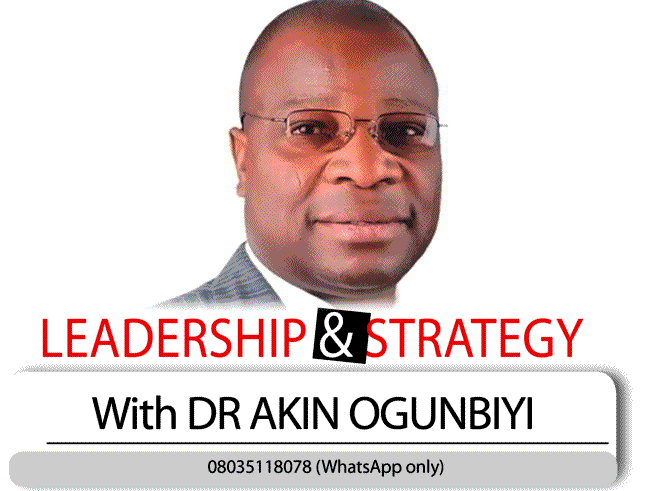
HERE are two key players in business that invigorates. Their roles are paramount. One breathes life and the other is life itself.
The leader drives sustained enterprise performance through momentum from well-deserved attention on customer experience.
Today, leaders are dealing with macro-economic swings such as inflation and consumer behavioural shifts. To stay afloat and profitable, leaders must drive an all-embrac-ing business excellence through entrepreneurial orientation with impactful customer engagement strategies.
Organisations must capture more revenue with excellent customer experience. Put customers at the centre of leadership activities such as marketing, sales, customer support, repeat sales and efforts to drive brand loyalty. Deserved attention on customers, the core of business will most-assuredly guarantee higher sales and profits, improved business processes, better employee experience and compel the edge.
Leaders with their organisations must become more helpful to customers by offering personalised services.
We must strike the right balance between business and opinions as well as ideas of customers. Building and retaining customer trust should be the slogan.
Customer centricity is putting the customer first. Anticipate their wants and needs. Build the customer culture.
This culture must be securely built into every activity.
Every employee including the CEO and frontline workers must live and breathe the customer.
There are some things we can do immediately and they include: improve customer data quality for consistency and availability. Everyone in the workplace must understand and identify with the customer at every stage in their (customer) journey.
Capture feedbacks regularly from customers for better understanding. Listen to their needs, wants and identify patterns in the feedbacks.
Employee compensation, recognition and reward structure must be directly linked to meeting the needs of the customer.
When an organisation strategise for a long term great relationship with customers, customer centricity will become the golden rule. It will help the leader build the business, learn and also grow its markets.
Establish a two-way customer conversation model with the required mindset and strategy. The leader should move his organisation from where the organisation is now to a customer centric one. Introduce customer value manage-ment. Bridge the yawning customer value gap and deliver customer centric offerings which will indeed help deliver unique values. By so doing, you are orchestrating a sustainable winning performance.
In the leader’s determination to deliver excellent and delightful numbers through customer needs and behaviours, develop customer profiles. This should be the pivot of marketing activities. It will enable you understand factors such as age, interests and spending habits.
Create a customer journey map which will identify customer touch points. This indeed helps to boost customer retention.
Also, develop an emotional connection by “turning” some of the customers to brand personalities, a win-win in establishing a forever relationship between customers and the organisation.
As mentioned earlier, you must capture feedbacks to painstakingly measure customer satisfaction. Customer feedbacks will help us track customer perceptions and also enable quality monitoring.
It is very important that those that work in the customer experience teams have experience and skills.
They must be able to execute and actualise their all-im-portant roles. They should have some leadership roles and be able to liaise with other departments such as production, marketing, sales and so on.
A customer journey map captures customer’s interaction with the leadership and frontline members of the organisation. It never loses track of this from beginning to the end. It reveals perceptions of products and costs.
When the customer makes a purchase, this becomes a big business win, but just the beginning of retentions and loyalty building.
The customer service and customer support teams, can make or break the customer experience, if members are not competent. If they do what they are expected to do very well, customers will make repeat purchases and also share their positive experiences with others.
Retaining a customer, cost far less than acquiring one.
Studies have shown that satisfied customers will most likely purchase (again and again) and thereby improve business processes. Do you know that there is a strong Tink between customer experience and employee experience?
When an organisation is customer centric, there is the likelihood that it will always listen and learn from employees. Staff members must embody the brand and be ambassadors of excellent customer service delivery.
Read Also: Multinationals exit costs Nigeria N95trn in five years — Peter Obi
Source: